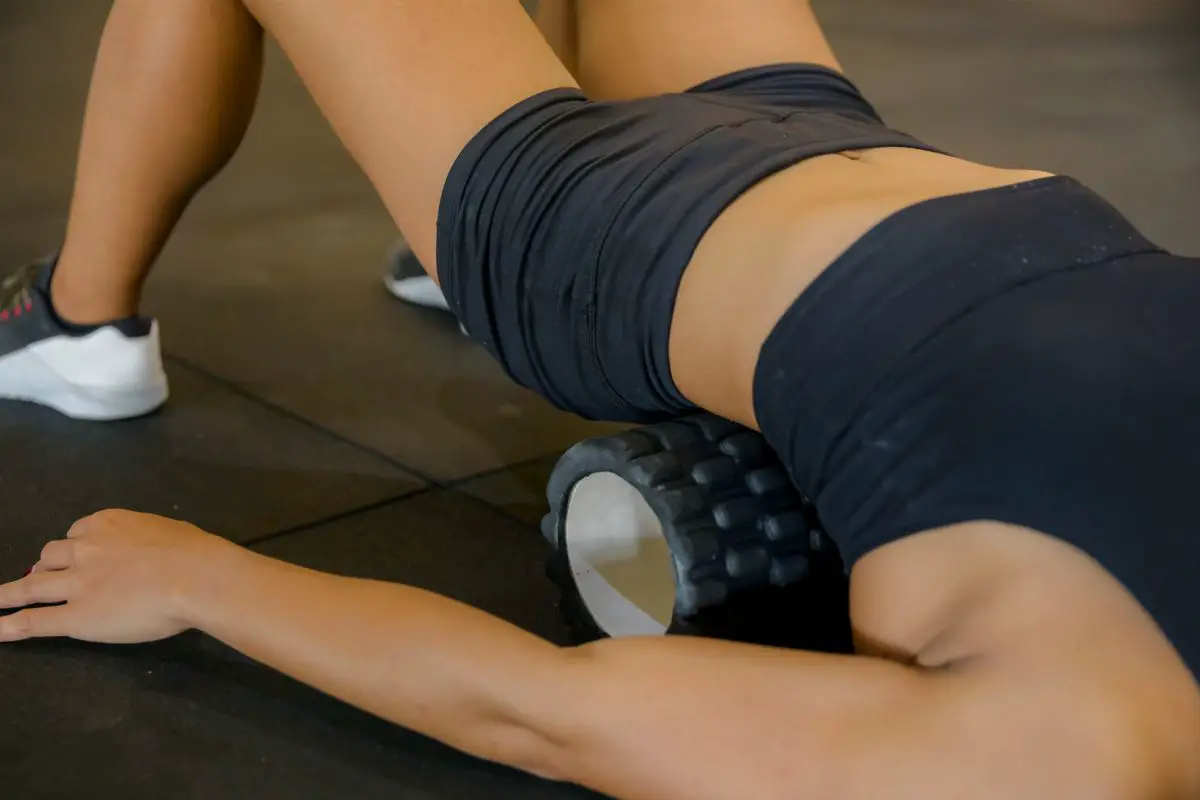Exercises For Sciatica Pain – Complete Pilates
Sciatica is an all too common condition that affects around 40% of U.S. citizens in their lifetimes.
Caused by compression on the sciatic nerve that runs from the lower back, all the way down the feet, this can be debilitating for many sufferers.
Although a serious condition for many, sciatica can be improved through movements. But, mere physical movement can be too uncomfortable for many people with sciatica.
This is where Pilates can come into play. Recommended by physical therapy experts, such as Brent Anderson, Pilates can improve and reduce pain caused by this nerve.
First developed as a rehabilitative technique for soldiers and dancers in World War One, Pilates can benefit the body and the mind.
And, for those who suffer from continuous and constant pain in parts of their body, Pilates may be the answer to stopping or, at least, reducing such discomfort.
In today’s blog post, we are going to discuss exactly what Sciatica is, what causes it, and the various Pilates exercises that can reduce and even prevent the symptoms associated with this nerve pain.
By practicing certain moves frequently, you should be able to improve your symptoms and your overall well-being.
What Is Sciatica, And What Causes It?
Before we guide you through various exercises to help ease Sciatic pain, we need to understand what Sciatica is and its main causes.
Sciatica is a condition that refers to pain emanating from and along the sciatica nerve. As for the pain that accompanies sciatica, it can vary from one person to the next.
In general, though, it tends to feel like a constant shooting sensation or burning feeling down the back of the leg and lower back.
Considering that the sciatic nerve is one of the longest and largest in the whole body, it is no surprise that issues arise with it.
The nerve itself runs from the low back, through the hips and glutes, and then down both legs behind the knees.
It then splits into two directions, traveling on the inside and outside of both calves. It eventually reaches the top and bottom of the feet.
In extreme circumstances, sciatica can be excruciating and hugely debilitating. Therefore, understanding the potential causes of it is critical in helping someone reduce the pain.
Sciatica can be caused by many factors, but knowing what the root cause is can result in more effective treatment, such as the movements we will discuss further down.
Sciatica can be caused by anything that puts pressure on the sciatic nerve or its roots.
Some sources of this condition can be a herniated disc (the one that is cushioned between the vertebrae and the nerve).
If this bulges, pain can start to swell. Other causes include a pinched nerve, or a sciatic notch.
Certain injuries can also traumatize the nerve, causing it to swell. Other common reasons include an overactive piriformis muscle and neural tension.
This is when the sciatic nerve becomes restricted, rather than sitting smoothly beneath the sheath surrounding it.
Whatever the cause of sciatic pain, it can be improved with different movements, in particular, Pilates.
Pilates Movements For Sciatic Pain
Although it may not be comfortable, or even possible, to move with sciatic pain, some sufferers can improve their condition with certain movements.
In particular, those with sciatica are recommended to try Pilates. This is due to the gentle, subtle movements associated with Pilates.
The more you do Pilates, the more you can progress the movements slowly, so that you do not “over do” it or overstretch any muscles. If you do so, the sciatic irritation could become greater.
Pilates is beneficial in helping you achieve a neutral spine – when the three natural curves in the spine become aligned.
These three curves include the cervical (neck), the thoracic (middle), and the lumbar (lower back).
When these are imbalanced, greater pressure may be felt on the sciatic nerve and its roots, causing considerable pain.
Before you try different Pilates exercises to tackle sciatic pain, we recommend working with a qualified Pilates instructor, so that they can ensure that you are moving correctly and safely.
Below are some “pre-Pilates” exercises that can be performed at home. You can build upon these with further Pilates movements as you progress.

Bridge Exercise
Also known as a glute bridge or hip raise, bridge exercises target and strengthen the hamstring, glutes, and abdominal muscles.
These exercises can also improve your spinal and core stabilization and reduce muscle imbalance associated with sciatic pain.
Here’s how to do this:
- Lay on your back with your hands at either side of your body. Bend your knees with your feet flat on the ground below your knees.
- Maintain level hip bones and engage your ab and glute muscles. Do this by pushing your lower back towards the floor.
- Gently raise your hips to make a straight line to your shoulders, knees, legs, and abs.
- Hold this position before returning to the starting point.
- Repeat one more time (or however many times you wish to).
Dead Bugs
The Dead Bug exercise can improve the stability of your pelvic muscles and differentiate movements between your pelvis, hips, and lower parts of your spine.
Here’s how:
- Lay on your back with bent knees and feet flat on the ground. Your hands should rest on your pelvic bone.
- Breathe out slowly with a sigh and lift one leg to create a 90-degree bend. This will engage your stabilizing muscles. Hold this position and slowly bring your leg back to the starting position.
- Repeat with the other leg and alternate between the two and repeat.
You can also perform femur arcs for more advanced movements:
- Lay on your back and lift your legs into a tabletop position.
- Gradually lower one foot to the ground whilst keeping a 90-degree bend. Hold this position and return the leg to the original position.
- Alternate this with your other leg and repeat.
Lower And Lift
This exercise concentrates on pelvic stability to reduce sciatica pain.
Here’s how to do it:
- Lay on your side. Your hips and shoulders should be in a straight line and your lower knee (underneath) should be bent. Your lower thigh should be at a 90-degree angle to your body.
- Reach out your top leg until your waist lengthens and maintain this length in your waist while you lift your leg from your hip.
- Slowly and carefully lower your leg to your hip height and repeat.
- Change sides and repeat the movements again.
Figure 4
This is a modification of the pigeon stretch and helps to relieve muscle tension in the glutes. If tension or spasms are the cause of your sciatic, the figure 4 stretch should help.
- Lie on your back with bent knees.
- Lift one of your feet onto the opposite knee.
- Slowly pull your thigh inwards to your chest. Do this until your glutes start to scratch gently.
- Hold this position for 10 to 20 seconds, whilst rocking from side to side.
- Repeat on both sides.
In Summary
Gentle, gradual movements can help reduce sciatic pain.
The four Pilates exercises above can be very beneficial when done regularly, but there are no limits on how often you should perform such movements.
If the movement feels good, it’s a good sign. If it brings about more discomfort, try another and hopefully you can reduce your nerve pain.






